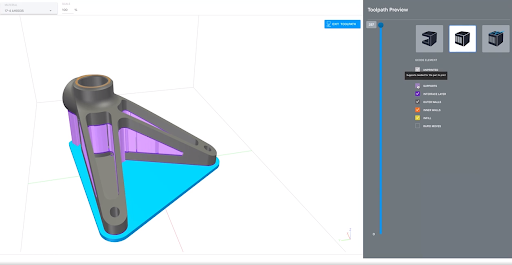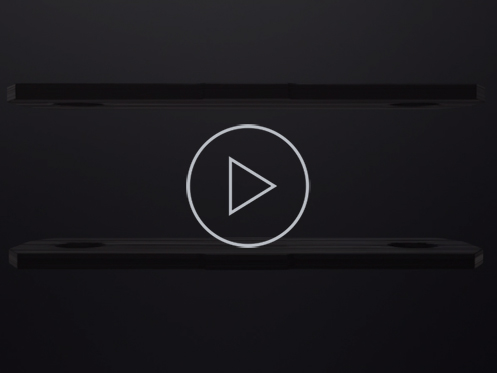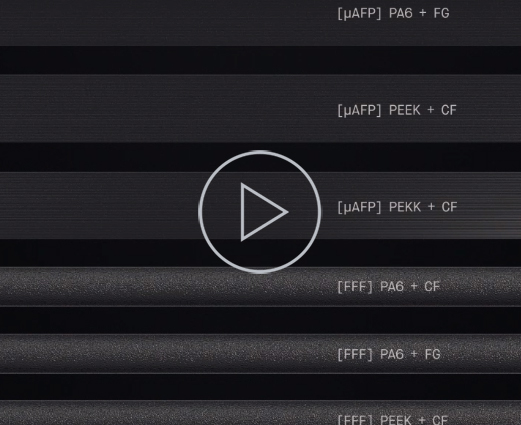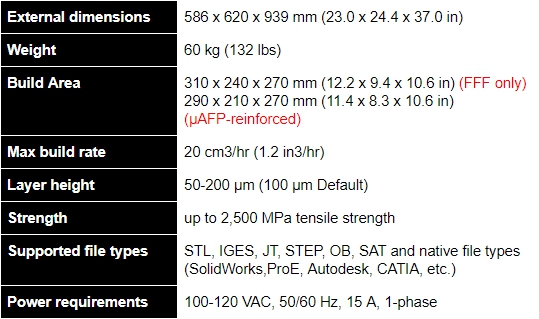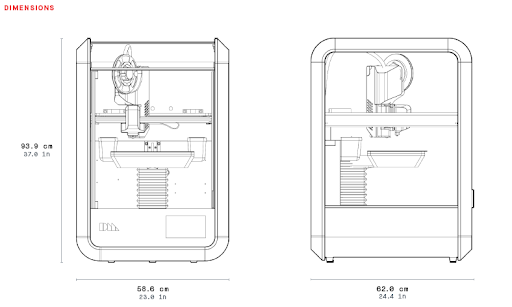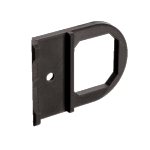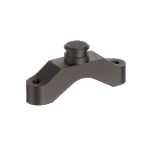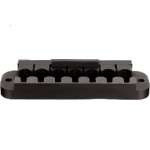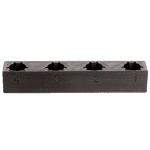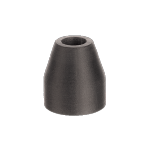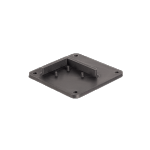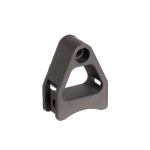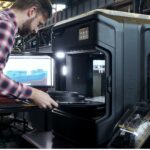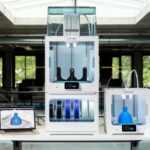Fiber™ Stronger! Lighter!
Fiber™. Unlocking exceptional part strength for a desktop printer.
Overview
Fiber™ Fiber System is the world’s first desktop 3D printer to fabricate high resolution parts with industrial grade continuous fiber composite materials used in automated fiber placement (AFP) processes. Based on a new process called micro automated fiber replacement (μAFP), users can now print parts with a superior level of strength and stiffness, and in a broad range of materials, that traditionally required million dollar AFP systems.
Fiber™ applications span a variety of industries including manufacturing, tooling, automotive, consumer, electronics, and marin
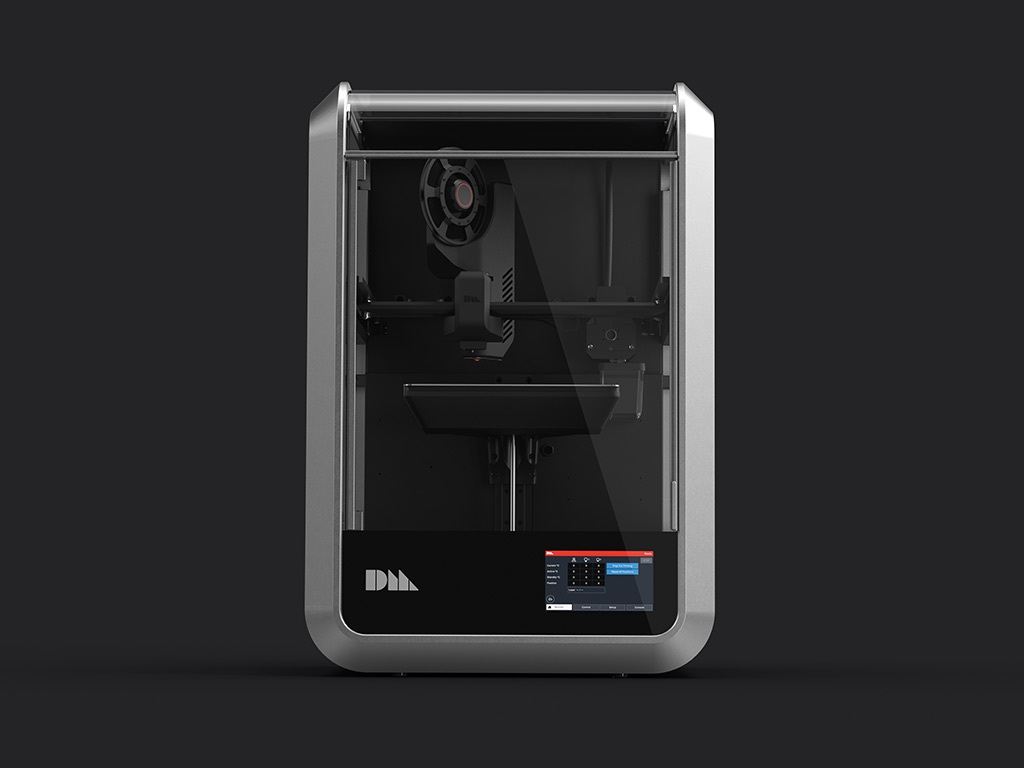
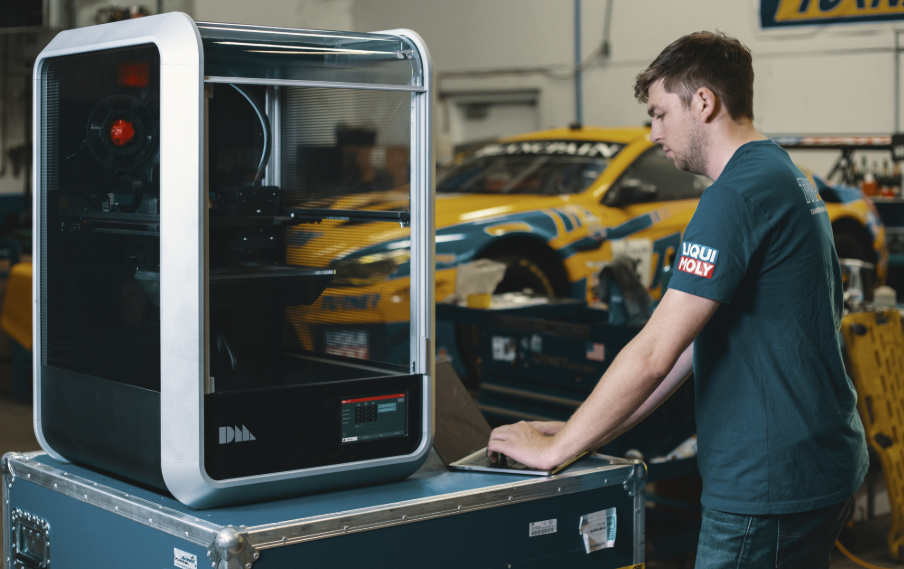
Highlight
Strong parts
Fiber System combines the exceptional performance of continuous fiber with the ease of FFF printing to produce high-performance parts that are stronger than steel, lighter than aluminum, and can operate continuously in the toughest environments up to 250 ºC.
Wide material range
Choose from a broad range of continuous fiber composites, including those with PEEK and PEKK matrices, to enable applications from consumer electronics to automotive.
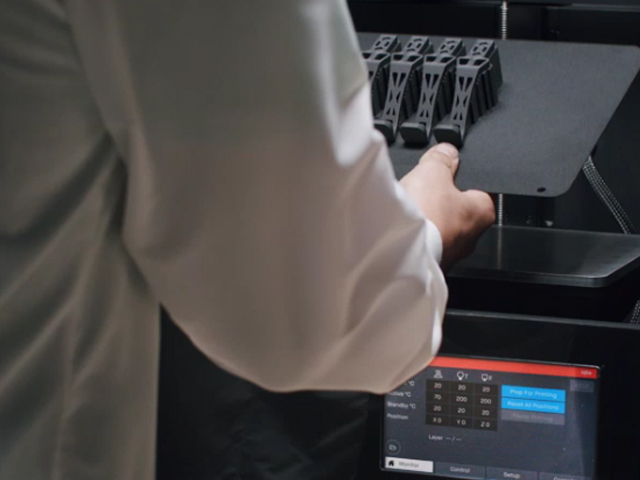
Easy to use.
In a matter of minutes, users can begin printing industrial-grade composites from the comfort of their desktop. Entry-level settings and opt-in advanced controls allow every engineer to produce high-quality composite parts at the press of a button.
Application
Designed for versatility, the printer supports a wide range of both filament and fiber composites to enable a broad set of applications from consumer goods to automotive.
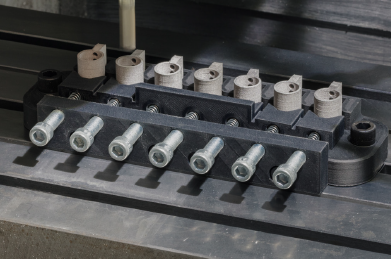
01. Manufacturing jigs & fixtures
Boasting exceptional mechanical properties, high resistance to surface abrasion, and a high fatigue level, Fiber™ composites are a great match for high-wear manufacturing jigs and fixtures.
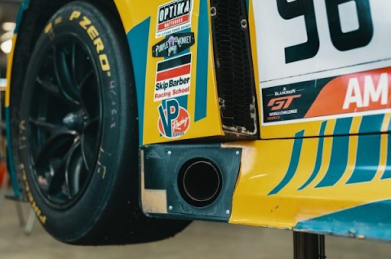
02. Exposure to extreme environments
With flame-retardant materials able to withstand continuous use temperatures above 250 °C, parts printed on Fiber™ are exceptionally durable and well-suited for extreme environments.
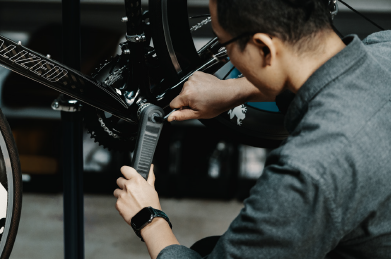
03. Replace aluminum or steel components
Fiber™ produces parts 2x stronger than steel, 2x lighter than aluminum, and at a fraction of the cost and time of other composite solutions—making it a great replacement for parts traditionally made from metal
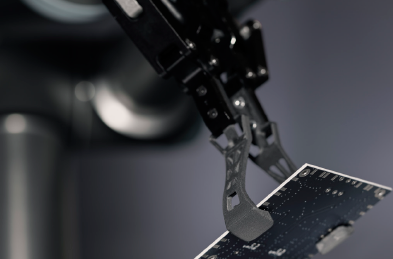
04. ESD management
Both our Nylon 6 (PA6) + Carbon Fiber and PEKK + Carbon Fiber are ESD compliant. Featuring tensile strength >30x stronger than ABS, both materials are excellent for electronics manufacturing or end use parts.
Materials
Fiber System – Continuous fiber composites exponentially expand the material performance landscape by a factor of over 60x.
- PEKK + Carbon Fiber
- PEEK + Carbon Fiber
- Nylon 6 (PA6) + Carbon Fiber
- Nylon 6 (PA6)+ Fiberglass
Matrix Materials
PEKK
- Excellent mechanical properties, chemical resistance, and surface abrasion
- Flame retardant
- High compression strength
- ESD compliant
- Continuous Use Temperature above 250 °C
PEEK
- Excellent mechanical properties, chemical resistance and surface abrasion
- Flame retardant
- Continuous Use Temperature between 200-250 °C
Nylon 6 (PA6)
- Low cost
- High mechanical strength
- Continuous Use
Temperature ~ 100 °C
Fiber Reinforcements
Carbon Fiber (CF)
- High strength & stiffness
- Low coefficient of thermal expansion
- High fatigue level
- Somewhat brittle
Fiberglass (FG)
- Low-cost
- Corrosion resistant
- Non-conductive (insulator)
- No radio-signal interference
Material Formats

Continuous Fiber Tape (µAFP)
Existing 3D-printed polymer and composite materials only account for a small fraction of engineering needs.
Continuous fiber printing expands this landscape to enable stronger, lighter-weight components.
— Over 75x stiffer than ABS
— Over 60x stronger than ABS

Chopped Fiber Filament (FFF)
Most thermoplastic printers fall within a narrow range:
— <8 GPa tensile modulus
— <100 MPa strength
Minor enhancements within this range are achieved via modifications to polymers or with the addition of fiber fillers.
Specification
Technology
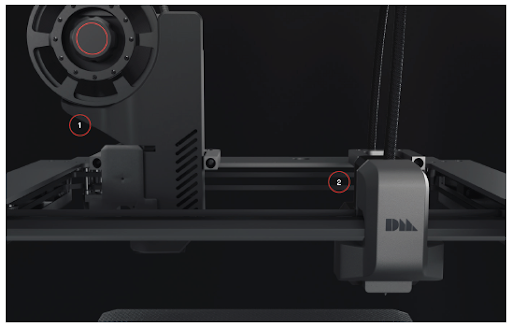
Prints with two print heads
- One dedicated to a µAFP continuous fiber tape, which builds a high-strength reinforcement along critical load paths.
- The other, is a thermoplastic extruder which prints a high resolution chopped fiber exterior shell
Print Technologies
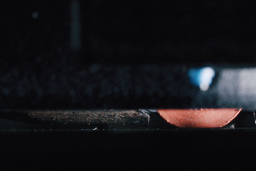
1. Micro Automated Fiber Placement (µAFP)
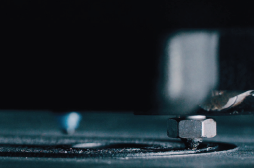
2. Fused filament fabrication (FFF)
Process
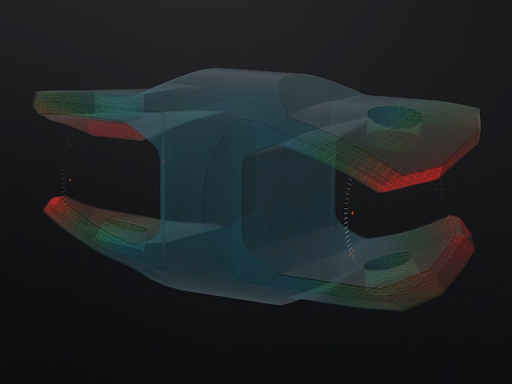
1. Perp
Generate geometry, review loading conditions, and identify areas for reinforcement.
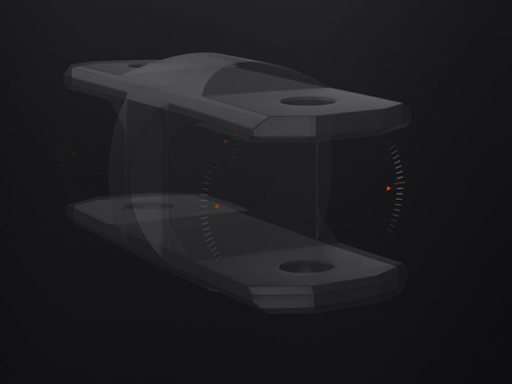
2. Reinforce –
Selectively reinforce with continuous fiber μAFP tape along critical load paths.

3. Print
The Fiber™ printer utilizes a dual-deposition print method to build parts layer-by-layer in both chopped fiber filament and continuous fiber µAFP tape.
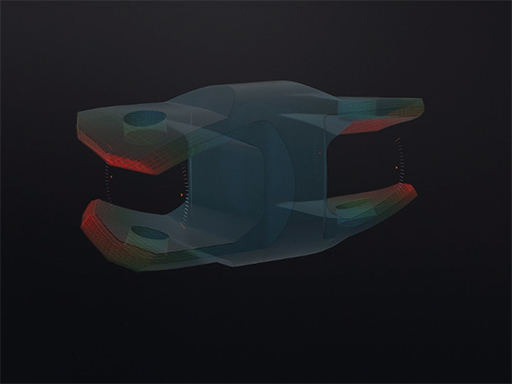
4. Part anatomy
Parts printed on Fiber™ feature a chopped fiber shell and solid continuous fiber reinforcements.
Software
“ Fabricate™ – A software-controlled workflow from digital model to sintered part”
Desktop Metal’s Fabricate software automates even the most challenging aspects of the fabrication process, making it easy to print complex metal parts with the Studio System. No need for custom tooling or a dedicated operator – the software auto-generates support for easy removal and creates custom build plans that are tuned to the geometry and material for every part in the job.
